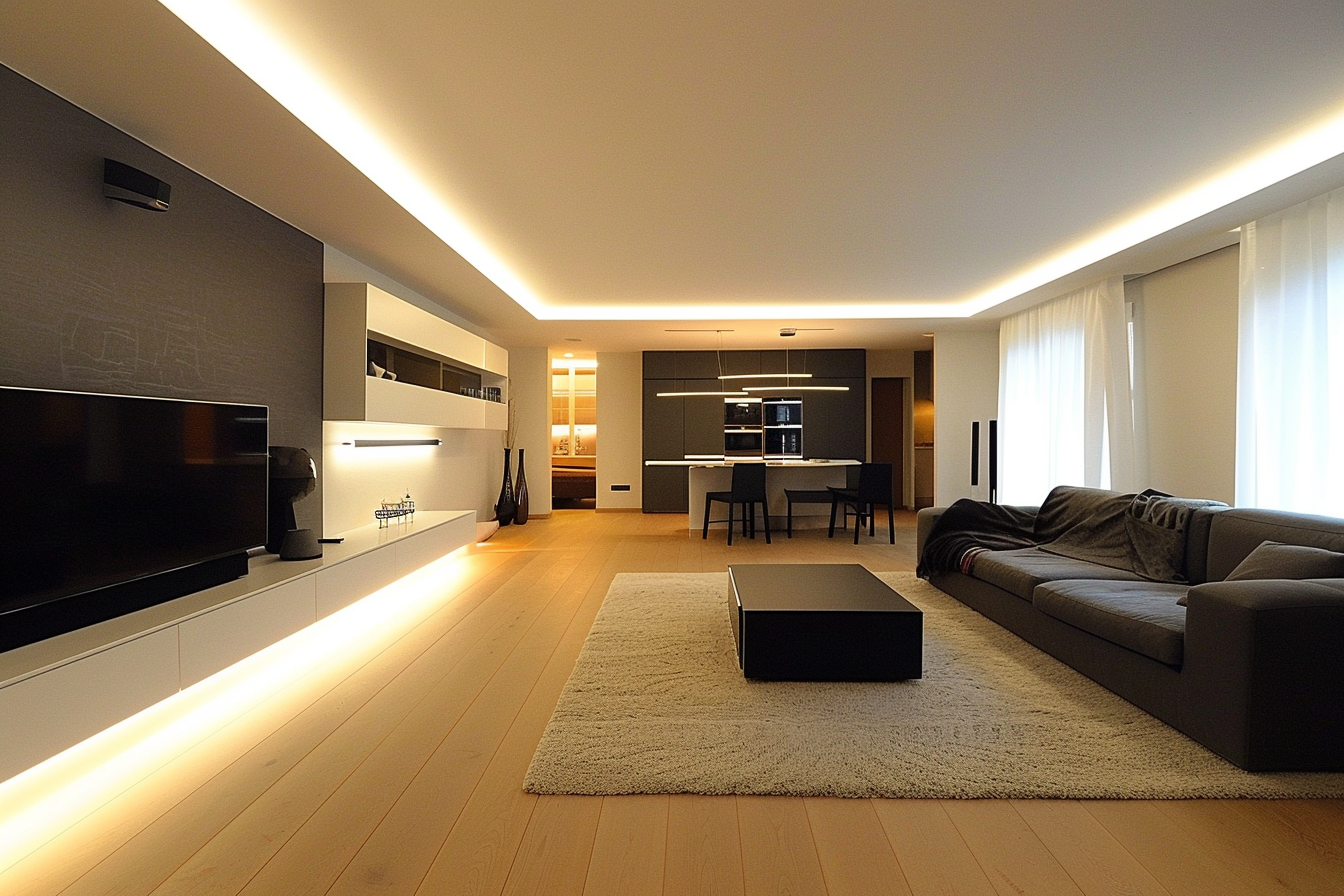Welcome to our comprehensive guide on understanding Watts, Volts, and Amps! This trio of electrical terms often leaves people scratching their heads. However, they are fundamental concepts for anyone looking to get a grip on how electricity works, especially for DIY electrical enthusiasts or those embarking on a career in the electrical field. In this blog post, we will untangle these often-confusing electrical units and explain how they relate to each other. Through clear, easy-to-understand examples, we'll demystify these terms and help you build a solid foundation in electrical principles. So, how many amps does a light fixture use? Read on for a straightforward guide to watts, volts, and amps.
Explaining Watts, Volts, and Amps
- The Concept of Ampere
Amperage, or "amps," represents the flow rate of electric current in a circuit, essentially telling you how many electrons are moving through the wire. This unit was named after André-Marie Ampère, a prominent French physicist in the field of electromagnetism.
An example of where you might encounter amps is in your home's electrical service panel or breaker box. Here, you can find circuit breakers listed with values like 15 amps, 20 amps, or 30 amps. The higher the amperage of a circuit, the greater the amount of electricity it can carry.
The term "current" is used to describe the continuous flow of electricity in a circuit. If, for instance, a current is running through your hand, it keeps flowing until it's interrupted elsewhere in your body. Current is measured in units of amps (A), and one amp is equivalent to 0.001 kilowatts per hour (kWh).
- The Concept of Volt
A Volt, named after the Italian physicist and inventor Alessandro Volta, is a unit that quantifies the electrical potential difference, also known as voltage. It's the force that propels electrons through a conductor or circuit, and it's measured in Volts. One Volt corresponds to the potential difference that occurs when one joule (1 J) of energy is expended to move one coulomb (1 C) of charge between two points.
Voltage essentially gauges the amount of pressure needed by a power source to drive charged electrons through a conductive loop, thus powering up the circuit to feed various devices. The calculation of voltage can be achieved using Ohm's law, which posits that voltage (V) is the result of multiplying current (I) by resistance (R): V = IR.
- The Concept of Watt
Watts, which represent the unit of power, is used to measure the energy consumed by a light fixture to emit light. They're also used by electricity companies to calculate your electric bill, with the unit kilowatt being equivalent to 1000 watts.
Power, on the other hand, is characterized as the result of the amount of work done and the volume of electrons flowing through a circuit over a specific period. It's measured in watts (W) and can be computed using the equation P = VI, where 'P' is power, 'V' is voltage, and 'I' is current. Understanding power can enhance the efficiency and effectiveness of energy conversion and transmission in electrical systems, leading to improved performance of electrical devices and systems.
- Simplifying it: Easy-to-Grasp Electricity Equations
The importance of understanding certain electrical terms, particularly watts, amps, and volts, especially in relation to lighting, cannot be overstated. These terms are fundamental to understanding the basic principles of electricity, and their relevance extends to various areas of electrical applications, including ampere lights.
Amps, or amperes, represent the amount of electric current in a circuit. They can be calculated by dividing the number of watts by volts, giving an insight into the level of electric current that is flowing through a circuit.
On the other hand, lighting volts are a measure of electrical potential difference between two points in a circuit. They can be determined by dividing the number of watts by amps, providing a perspective on the force driving the current through the circuit.
Watts, meanwhile, represents the rate of energy transfer or the rate of doing work, which is made evident in lighting. They can be computed by multiplying the number of amps by volts, thus providing a measure of the total power in the circuit.
Having a firm grasp of these equations is not only vital for understanding the principles of electricity but is also crucial in ensuring the safe and efficient operation of electrical circuits. Recognizing these formulas and definitions helps to prevent the risk of overloading the circuit, which could lead to potential damage or even hazards.
Debunking Common Misunderstandings about LED Light Amperage, Wattage, and Voltage
- You Can Interchange Voltage and Current Ratings for Devices
Every electrical appliance is engineered to function within a designated voltage and current spectrum. Operating a device beyond its prescribed voltage or current limits can result in compromised efficiency, harm, or even perilous circumstances like combustion or electrical jolts.
- Higher Voltage Means More Power
Although a higher voltage can lead to increased power, it's essential to understand that power is derived from both voltage and current. A combination of high voltage and low current could yield the same power as a low voltage but high current scenario. Hence, the power relies on the interplay of both voltage and current.
- More Amps are Always Better
The current (amps) required varies with the specific use. Sometimes, a device or task may require a higher current for operation. However, excessive current can pose risks, including overheating or damaging electrical parts. Hence, it's crucial to utilize only the necessary amount of current for each situation.
- More Watts More Light
It's important not to equate watts with the amount of light a fixture emits. While a light fixture uses electricity, it doesn't mean that a higher wattage will result in more light. There's no standard correlation between the watts used and the light produced.





